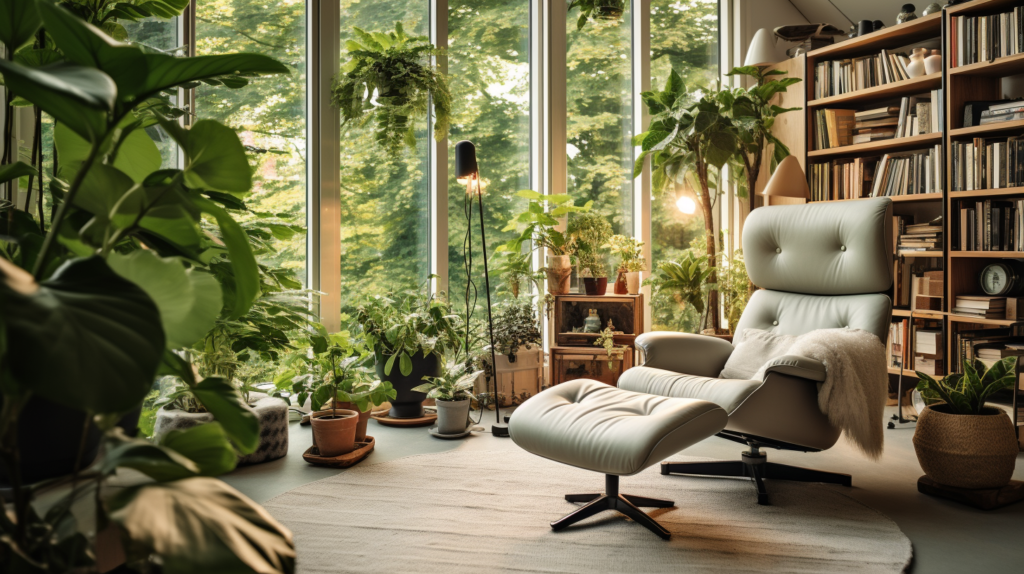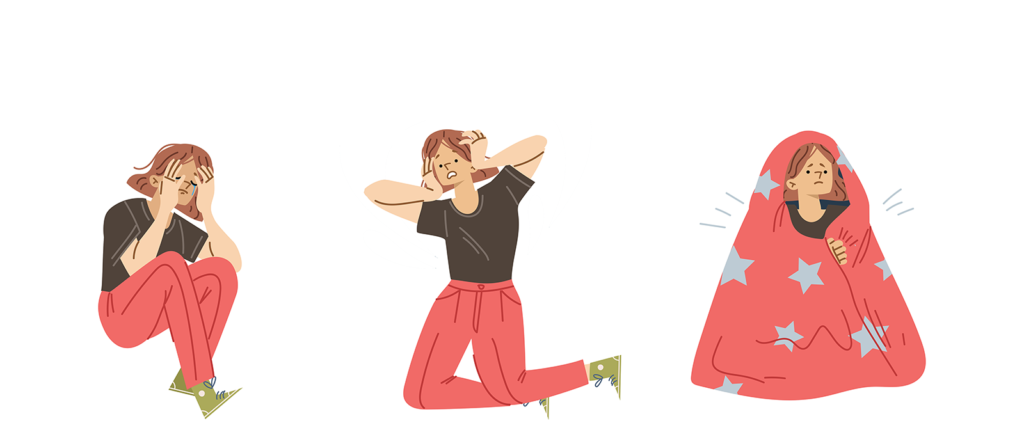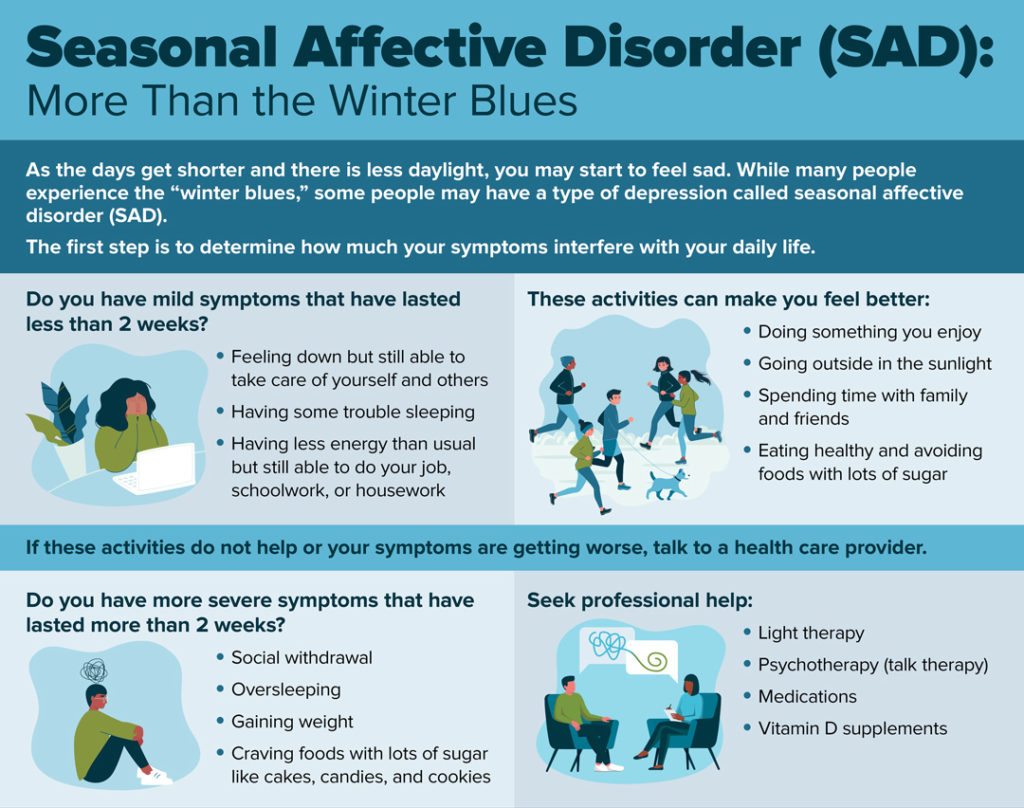7 Surprising Health Benefits of LED Lighting March 22, 2023 – Posted in: General Info, Home Lighting, Lighting Information

Table of Contents – Health Benefits of LED Lighting
There are numerous health benefits of LED lighting as compared to older lights, making it a great choice for anyone who is looking to make a small change that can significantly improve their quality of life. It can also address a number of health issues that may be caused or exacerbated by other lighting systems such as traditional fluorescent bulbs. This is why our advice time and time again is to upgrade to LED for it’s many advantages.
The health issues which LED lighting can help to address include:
- Headaches
- Eyestrain
- Sensory issues
- Poor sleep
- Stress and anxiety
- Seasonal affective disorder (SAD)
On top of this, there are tons of other health benefits of LED lighting such as:
- Balancing your circadian rhythm
- Better concentration and learning
- Improved mood
- Increasing productivity levels
- Decreased risk of exposure to mercury and other harmful chemicals
We’ll now examine some of these in more detail so you can understand how the switch to LED lighting can improve your life.
Reducing Headaches and Eyestrain

Florescent light bulbs are known for their eerie flickering , and although this may not always be as noticeable to some people, it can definitely contribute to migraines or headaches.
This is not an issue with LED lights, which provide consistent illumination and are closer to natural sunlight. They also offer more control over brightness levels and color temperature, making it a better choice for eye comfort.
The constant flickering effect of florescent bulbs can also contribute to age-related degeneration in the eyes, another issue you can happily avoid with LED lighting. Read more on our article “Best Office Lighting For Your Eyes”.
Reducing Sensory Issues

Some people, particularly neurodiverse people such as those with autism, can experience sensory issues as a result of bright lighting. This can lead to a wide range of issues, from discomfort or even pain to visual disturbances or attempts to avoid the light such as by shielding the eyes.
LED lighting can provide the ability to control the intensity of the lighting, meaning that it is easier to set it to a comfortable level that won’t trigger these issues.
Improving Your Sleep Quality and Aligning Your Circadian Rhythm
A lack of exposure to sunlight can affect the production of natural hormones such as melatonin, which help regulate our energy levels and sleeping patterns by controlling our circadian rhythm, or “body clock”.

Conversely, excessive exposure to light late in the day when the sun has already set can also interfere with the body’s natural processes which prepare us to sleep. Both of these issues are becoming increasingly common as we spend more time indoors and both can result in disturbed and otherwise poorer quality sleep.
Conversely, excessive exposure to light late in the day when the sun has already set can also interfere with the body’s natural processes which prepare us to sleep.
LED lighting can help to address both of these issues. On top of being a closer match to sunlight, there is also a greater amount of control of the brightness and color of the lights.
Bright lights with a higher level of blue light can help you feel more awake and alert during the day, and warmer lights with more red and less blue light make for fewer issues sleeping later in the day. Both of these options are easily available with LED lighting.
Decreasing Stress and Anxiety and Improving Mood

People naturally do best in sunlight, but as mentioned previously, we are experiencing decreasing levels of sun exposure due to the amount of time spent indoors. In turn, this can lead to big changes in behavior and mood such as higher levels of stress hormone, anxiety and lower overall mood.
Improvements in LED lighting mean that the light emitted can be even closer to sunlight than ever. This means an indoor environment that better emulates natural conditions, having a positive impact on our body’s internal chemistry which results in improvements in our mood and decreases in anxiety.
A study of fluorescent light exposure has also shown negative effects to your health. Reducing continuous exposure to blue light has also been shown to increase in stress and anxiety, especially in the leading hours before bedtime.
Improving Concentration and Learning and Increasing Productivity
Research has shown that the use of LED lighting can improve learning in schools and lead to increased productivity levels when used in the workplace. These impacts can be significant and manifest themselves quickly, largely resulting from increased levels of comfort and a subsequent improvement in cognitive function.
Seasonal Affective Disorder (SAD)

Seasonal affective disorder, sometimes referred to as winter depression, is a set of depression-like symptoms that affect people during a certain period of the year, typically the autumn and winter months. This is commonly attributed to the lack of natural sunlight people experience during these months.
Research suggests that treatment using full-spectrum LED lighting can help address these symptoms due to its similarity to natural sunlight . Typically, a specialized light box is used for this, but LED lights that imitate natural daylight can be installed in the home or office like any other LED lighting, potentially reducing the symptoms. These “sad therapy lamps” can be easily found on the web or one can just purchase a selectable color temperature (Selectable CCT) light.

No Risk of Exposure to Toxins
Florescent and incandescent lightbulbs often contain mercury as well as other toxic chemicals. Whilst it is relatively small, there is a risk of exposure if a bulb is accidentally broken.
Certain non-LED bulbs can even contain enough mercury to cause serious damage to the skin, lungs, or eyes, or significant issues with the nervous or digestive system. You can avoid this risk with LED lighting, as LED bulbs do not contain mercury and typically use plastics instead of glass.
Frequently Asked Questions For Health Benefits Of LED Lighting
What Are The Benefits Of LED Lighting For Skin?
One of the benefits of LED lighting, specifically LED light therapy is higher levels of collagen in the skin. This promotes healthier looking skin and smooths wrinkles along with other benefits such as helping conditions like psoriasis and eczema.
What Color Light Is Best for Depression?
The light color considered best for depression is artificial UV filtered blue light. Full-spectrum bright LEDs have also shown positive effects on the effects of depression although specific wavelength blue light therapy requires less intense light to achieve similar or greater results.
Is LED Lighting Safe for the Environment?
LED lighting is very safe for the environment and considered the safest form of lighting you can choose as it contains much less toxins and outlasts other forms of traditional light sources.
I have been the project manager for Modern.Place since early 2016, spending three of those years working overseas on the manufacturing & procurement side of the LED lighting industry. Constantly learning and passing on knowledge to others while excited for what the lighting industry will involve into next.

